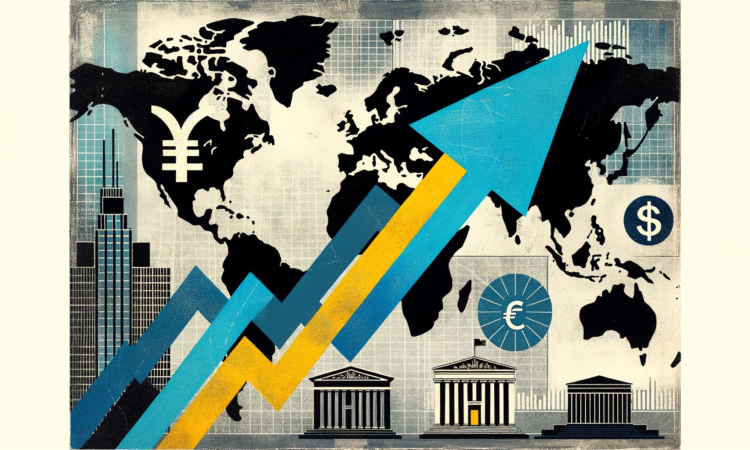
What’s going on here?
The US dollar soared to an eight-week high against the yen and a five-week peak against the British pound, as the Federal Reserve (Fed) stayed cautious on rate cuts.
What does this mean?
The dollar index rose by 0.41% overnight, wiping out earlier declines for the week. In its June meeting, the Fed decided to hold interest rates steady, cutting the forecasted rate reductions from three to one for the year. This move comes even as inflation cools and the labor market eases, signaling the Fed’s confidence in the US economy’s resilience. Meanwhile, central banks like the Swiss National Bank (SNB) and Bank of Japan (BoJ) have adopted different approaches, causing notable currency shifts.
Why should I care?
For markets: Dollar’s dominance disrupts.
The strong dollar impacts global markets by making US commodities pricier, which could stifle demand. The Bank of England’s (BoE) decision to hold rates steady and the BoJ’s delayed bond-buying reduction have increased currency volatility, with the yen dipping past 159 per dollar. Although the euro saw a slight recovery after the European Central Bank’s (ECB) actions, global investors remain wary of these fluctuations.
The bigger picture: Fed’s stance sets the pace.
The Fed’s conservative stance contrasts with other central banks’ more aggressive rate cuts, shaping global economic strategies. Japan’s recent market intervention, spending $61.64 billion to support the yen, highlights broader uncertainties. These decisions ripple through economies, emphasizing the interconnected nature of global finance. As the Fed aims to manage inflation steadily, its actions will continue to steer global economic policies and investor strategies.
